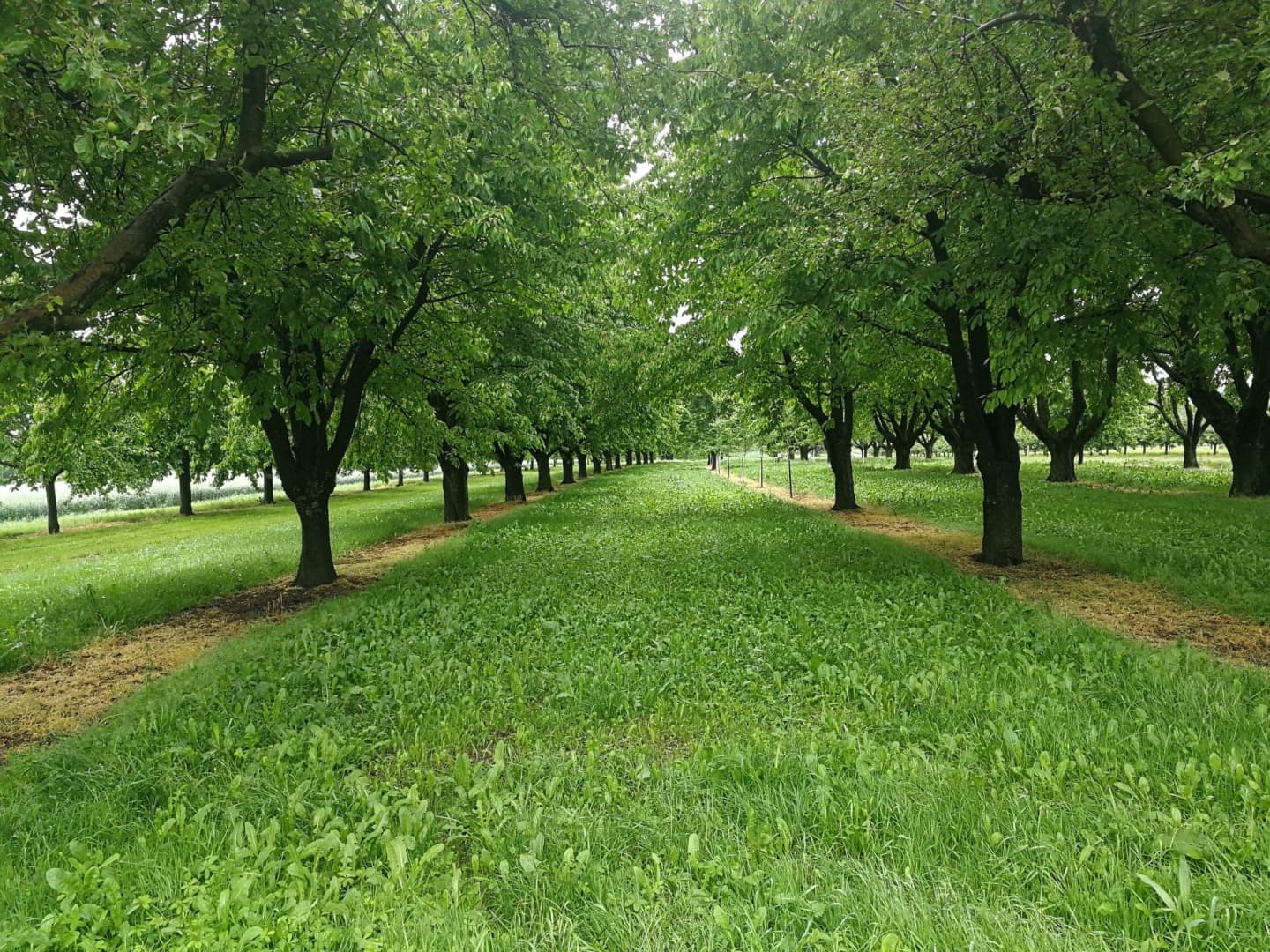Agroforestry
Agroforestry refers to the cultivation of crops and trees on the same piece of land. This combination creates strong synergistic benefits for soils. They receive support and protection from each other which in turn ensures the quality and resilience of the residing crops and plants.

A system of Interactions
In an agroforestry system, both trees and crops as well as other plants benefit from each other and work cooperatively. There are strong interactions and support in terms of water and nutrient supply. When trees are planted, they usually develop very deep roots and bring water and nutrients up from the deepest layers of the soil. As a result, they provide adequate nutrients and water to other plants and crops in their neighborhood. The benefits of trees in fields and gardens are enormous. They make the entire habitat more sustainable and production more resilient to the negative effects of climate change.
Promising Results
Agroforestry could possibly hold great promise for more sustainable agriculture and bring many economic and environmental benefits for a better world. The deep roots of trees pull up minerals from the deeper layers of the soil. This promotes the build-up of humus and supports plant growth. Trees increase plant health and plant harvest and significantly support food and nutrition security. The roots and leaves of trees also prevent soil, water, and wind erosion as well as protect against damage from extreme weather events in climate change, for instance, extreme rainfall and long drought periods. More importantly, trees diversify the respective ecosystem, can provide additional sources of income (sale of timber and wood), and remove (sequester) greenhouse gas emissions such as carbon dioxide (CO2) from the atmosphere. Carbon is then used for growth.

